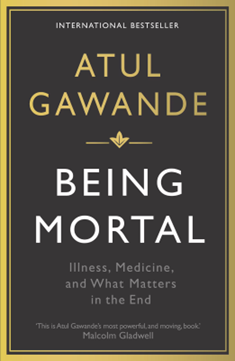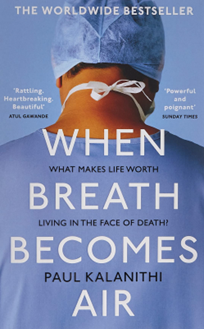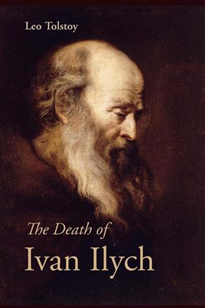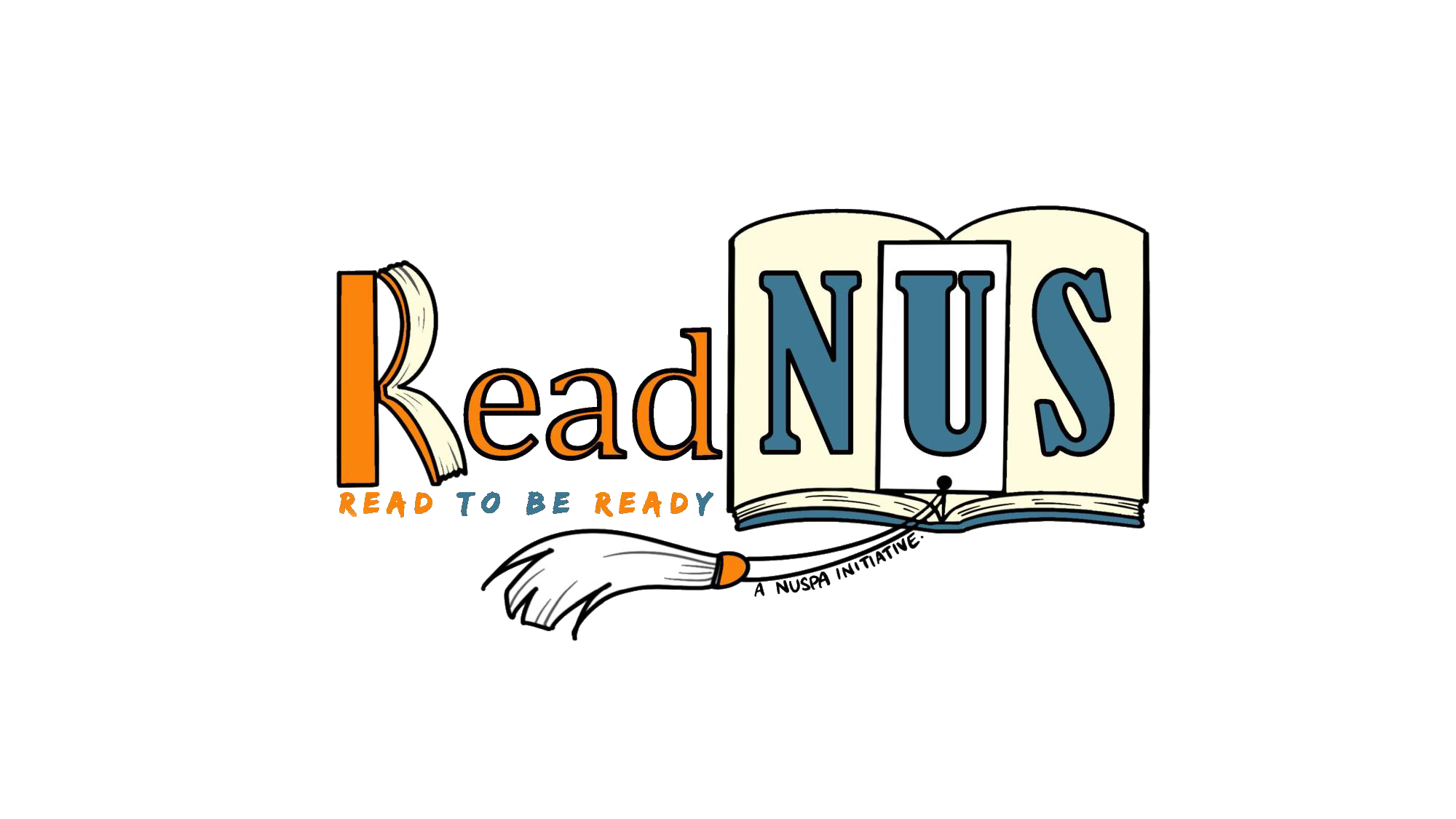Grief and Loss and their Many Colours and Shades
Loss is typically associated with losing one’s pets or humans. Grief, then, is the result that comes after. But life is incredibly sensitive to feelings and connections. As fragile concepts, grief and loss comes in many colours and shades. Apart from the utility of academic disciplines, there isn’t a distinct way to articulate how grief feels, and taking one loss to another often gives you an inkling of how amorphous these concepts are.
I’ve encountered my fair share of griefs and losses. However, when I cast my imagination into the distant future, I realise that a bigger fear of growing old has nothing to do with my career ambitions or personal setbacks. Instead, it’s the looming, hulking shadow of losing someone I love. I don’t fear death — never have — but having seen someone’s life force drain the vitality out of them, that has sharpened my feeling of helplessness towards the forces of nature. This, frankly, is terrifying. There’s often only so much you can lose of someone’s physical self before their emotional and mental selves start to slip away too. I’m sure we all know that.
Yet, in the face of death, what can we do, and how can we confront it? As per my standard coping mechanisms, I’ve turned to novels to come to terms with this fear. In that case, perhaps the following list of books, which I’ve used to seek solace and clarity from, can help you too.
1. Being Mortal by Atul Gawande

“You may not control life’s circumstances, but getting to be the author of your life means getting to control what you do with them.”
Gawande’s iconic non-fiction can essentially be premised as: How would you like to die? It is certainly a hard question to answer, but, strangely enough, once you are able to answer it, you will also find your reasons for living. After all, it is in death that we find what is most worth living for.
What I particularly enjoy about this book is how it clears the gloomy air that hangs over death and dying. Rather than see it as a lost cause or demise, Gawande uses something we call a strengths-based perspective in Social Work. Essentially, this draws upon a person’s strengths and assets and how they can make the most of their life — and in this context, till the end of the line.
The fact that Gawande also looks into the distinctions between poorhouses, multi-generational households, and how assisted living and nursing homes can be reinvigorated, is something that has given me a lot to think about it; from the viewpoint of a future Social Worker, as a child to my beloved parents, and as someone who wants to die well. Above all, this non-fiction triumphs in its emphasis on how every individual should be entitled to their choice of death, and how they would like to live out their last years. In all aspects, then, this book more-or-less factually aligns with my position on end-of-life matters and death.
2. When Breath Becomes Air by Paul Kalanithi

“Even if I’m dying, until I actually die, I am still living.”
This book is a mere 208 pages. But by the end of the book, I found myself bawling at the prologue. A perfect way to start the New Year’s, in my opinion.
*Spoilers ahead*
Kalanithi, a middle-aged man who was in-training at his neurosurgical residency and who quickly came to be recognised for his professional capabilities, suddenly came to notice rapid and abrupt changes in his health. Initially put down to symptoms of fatigue, Kalanithi’s diagnosis eventually progressed enough to be dialled-down to lung cancer. While he seeks chemotherapy treatment, the effectiveness of it remains dubious, and Kalanithi spends his last few chapters going on an existential spiral.
Kalanithi never closes the book, because he passed away before he could do so. It was then that his wife took over the novel’s closure, and also where the waterworks started for me. So, a fair warning: Prepare some tissues before reading this book. It’s going to get heavy.
What’s so deeply personal about this book is the fact that like us, Kalanithi is a voracious reader as well. From young, he had always been a lover of the greats. (And anyone who likes Samuel Beckett is good in my books). Among his favourites, what stood out to him was Thomas Browne’s Religio Medici. It is evident, then, that this book stands as an intersection of his beliefs, passions, and what has always been a part of him. Knowing that, this book made me privy to the most intimate parts of his self and life. It made me think: All deaths are meant to be the equal contenders for living; yet, it is in Kalanithi’s death that I see how cruel and selfish death can be.
Kalanithi saw his baby arrive safely into this world before he passed on. He died with her in his arms. Provided if you’re looking to see death up-close-and-personal, this is it.
3. The Death of Ivan Ilyich by Leo Tolstoy

“And he has to live like this on the edge of destruction, alone, with nobody at all to understand or pity him.”
Tolstoy’s classic is so renowned that I almost forgot to put the author on a presumption that almost every reader would know about this book. I’m sure though, that even if you haven’t read it, you’ve probably skimmed through or heard about it before.
The Death of Ivan Ilyich condenses a man’s fear of death into a mere 66 pages (PDF), or a mere 120 pages (on Libby). Esteemed as one of the most famous novellas and classics, this glimpses into Ivan Ilyich’s last moments after he suffers from a sudden fall that eventually escalates into a full-blown disease. Yet, after reminiscing about his years spent on a terrible and enduring marriage whilst climbing the social ladder to become a magistrate, Ivan stumbles upon a realisation: His life was meaningless and insipid. Helplessly fettered to his bed, he meets the compassion of the servant boy, Gerasim, and a bright light sweeps over his vision. He’s gone.
This was a rather personal piece to Tolstoy, who wrote it on the brink of his final years while deeply mired in a serious spiritual upheaval. With The Death of Ivan Ilyich, he basically lays it out for us all that if we don’t come to realise how meaningless our pursuit of societal success is, we’ll end up regretting it to the very end as we become confined to our deathbeds.
What is most striking about Tolstoy’s novella, however, is his writing style. I find that the best way to put it is, that if you boil down Tolstoy’s work in a pot, you’ll get a clear kind of essence. Watery, yet transparent; light, yet dense. In itself, though, by being logical, unassuming, and straightforward, Tolstoy is most evocative when it comes to writing about death and existentialism (touchy word, lads).
Till this day, my phone wallpaper echoes a line from this book — “Agony, death…what for?”
Other books — SingLit and Philosophy
There are plenty of other books to turn to if you want to find out more on death and dying topics. One SingLit title — Loss Adjustment by Linda Collins, is extremely poignant and painful to read. She recounts the death of her daughter, who ended her life when she was only a teenager, and how she came to live with it in the following years. Bless her soul.
Along the same vein, other SingLit titles provide a different perspective on dying. Dying to Meet You: Confessions of a Funeral Director by Angjolie Mei gives a non-fictional insight into how funerals are conducted, and the delicate nature of the work in Singapore. As factual as it aims to be, though, some chapters still had me tearing up on the train — so remember to arm yourselves before reading it in public.
If you want to get philosophical, I would also recommend Ernest Becker’s The Denial of Death. What is most alluring about this novel (yes, alluring — did I stutter?), is that this builds on the work of Kierkegaard, who I have major heart-eyes for with his deliberations on life and subjectivism. (Though I certainly do not agree with some of his life decisions.) Still, if you’re neck-deep into philosophy and psychology, this is practically a must-read for you. (I’m willing to bet that it’s talked about as much as Benedict Anderson and C. Wright Mills. I can’t believe the patriarchy’s sheer grip over the Arts & Social Sciences.)
Also, not that it’s a novel, but if you are still (as invested as me) in death and dying, something that’s worth looking into is Advance Care Planning (ACP) and palliative care. The latter, in particular, is often beleaguered with misconceptions and negative stereotypes of ‘unnecessarily prolonging’ one’s life; despite such views being a far cry from what it actually is. I encourage you to look into it!
Personal recollections
I haven’t quite come to a consensus yet. All I know is, when I’m plunged into an existential crisis about living, I ask myself: When I am on my deathbed like Ivan Ilyich, will I regret what I am doing right now? Will I regret not spending more time with her-and-him-and-them? This has been a major basis of my decisions in life, and I’ve not come to regret any of them so far.
Nonetheless, grief lingers, and no matter how much I read, my pain isn’t mollified in any sense. Then again, grief is but the natural cost of love. When love has nowhere to run, it often finds shelter in grief. And that is okay. Happy grieving.
“Our ultimate goal, after all, is not a good death but a good life to the very end.”
– Being Mortal, Atul Gawande
Written By: Yuki Koh Suat Nee
